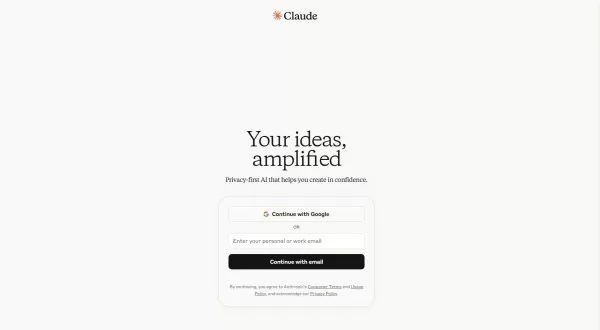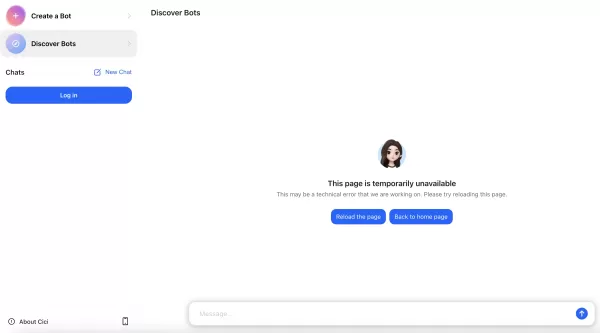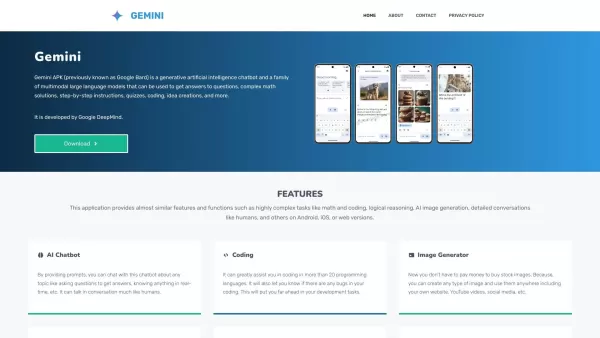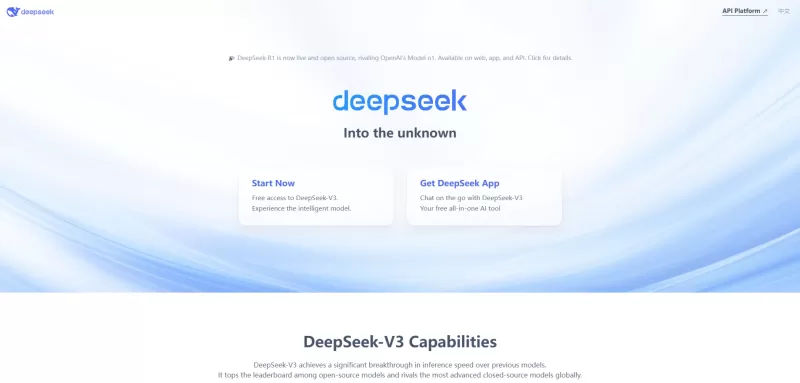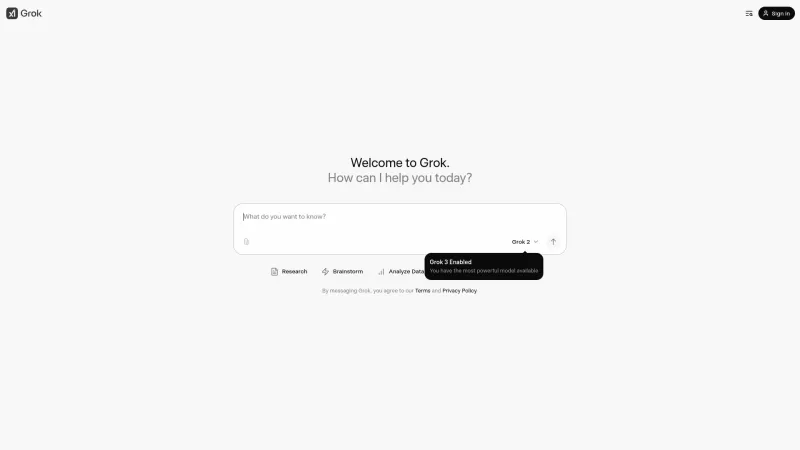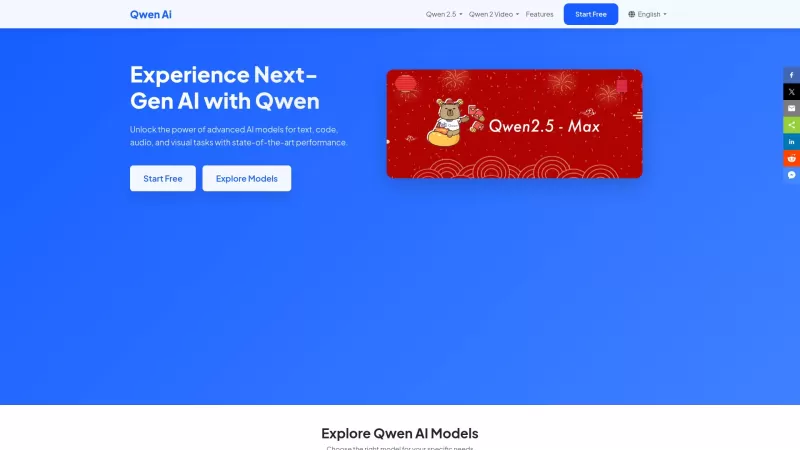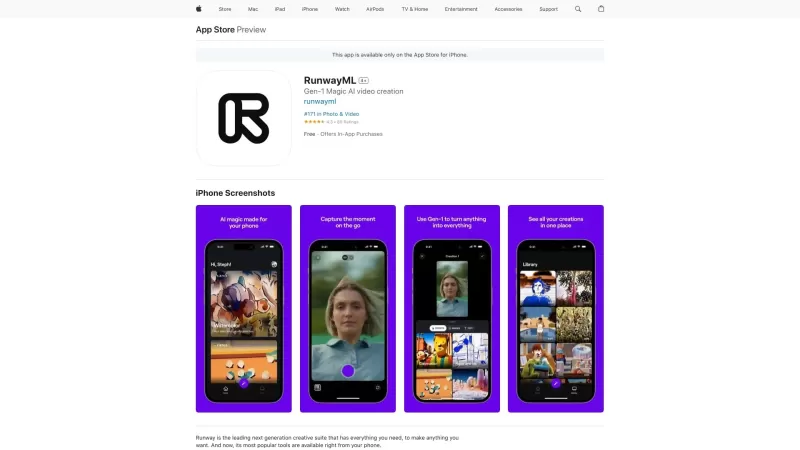Queen's Iconic Live Aid Show: Unpacking a Historic Performance
In 1985, Wembley Stadium in London hosted Live Aid, a landmark concert aimed at raising funds for Ethiopian famine relief. Among a roster of global music stars, Queen’s performance became a defining moment in rock history, showcasing Freddie Mercury’s magnetic presence and the band’s unparalleled energy. This wasn’t just a show—it was a cultural milestone that reshaped Queen’s legacy and captivated a worldwide audience. Nearly four decades later, we explore why this performance remains a benchmark for live music, from its curated setlist to its electrifying stagecraft.
Key Highlights
Queen’s Live Aid set is hailed as one of the greatest rock performances ever.
It revitalized Queen’s fame after a period of waning popularity.
Freddie Mercury’s commanding vocals and charisma drove the show’s impact.
The setlist was strategically chosen to ignite audience participation.
The performance raised millions for famine relief efforts.
It underscored music’s power to unite a global audience.
The Stage Is Set: Queen’s Live Aid Moment
What Was Live Aid?
Live Aid, held on July 13, 1985, was a dual-venue concert at Wembley Stadium in London and John F. Kennedy Stadium in Philadelphia, broadcast live to 1.9 billion viewers across 150 nations.
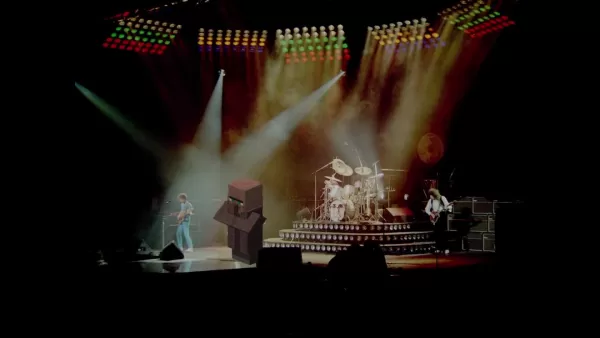
Organized by Bob Geldof and Midge Ure to combat the Ethiopian famine, it featured music giants like David Bowie, Madonna, U2, and The Who. Live Aid redefined music’s role in philanthropy, uniting artists for a global cause. For Queen, coming off a period of declining popularity in the early 1980s, the event offered a chance to reclaim their spotlight. Facing immense pressure, they delivered a performance that reshaped their legacy.
Live Aid’s scale gave Queen a unique platform to reach a massive global audience. The event demanded a balance between broad appeal and their distinctive style, a challenge the band met with meticulous planning and execution.
Queen’s Journey to Live Aid
Before Live Aid, Queen had seen both highs and lows. Their 1970s albums, like Queen II and Sheer Heart Attack, established them as rock trailblazers.
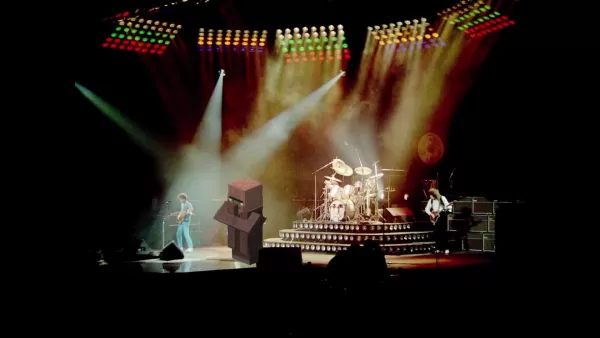
Anthems like Bohemian Rhapsody and We Are the Champions became global hits, but by the mid-1980s, critics labeled their work predictable, and commercial success dipped. Internally, creative tensions among Freddie Mercury, Brian May, Roger Taylor, and John Deacon added complexity, though their collaboration fueled innovation. Their live performances remained a strength, with Mercury’s charisma and elaborate stage setups captivating audiences worldwide.
Queen’s Live Aid setlist was designed for maximum impact, featuring crowd-pleasing hits tailored for singalongs:
- Bohemian Rhapsody (shortened): A timeless classic, condensed for impact.
- Radio Ga Ga: A stadium anthem with infectious rhythm.
- Hammer to Fall (shortened): A high-energy rock track.
- Crazy Little Thing Called Love: A rockabilly crowd-pleaser.
- We Will Rock You: An instant call to action.
- We Are the Champions: A triumphant closer.
This selection, paired with their stage mastery, set the stage for a career-defining moment.
Breaking Down Queen’s Live Aid Triumph
Freddie Mercury: A Stage Legend
Freddie Mercury’s Live Aid performance is celebrated as a pinnacle of stage charisma. His magnetic energy captivated the Wembley crowd from the first note, blending theatrical flair with genuine emotion.
His vocals were flawless, navigating complex melodies with power and precision. A standout moment was his spontaneous call-and-response with the audience, showcasing his ability to connect instantly. Mercury didn’t just perform—he invited the crowd to join him, turning Wembley into a unified voice through claps, chants, and raised arms, creating an immersive, shared experience.
The Band’s Chemistry: Precision and Power
While Mercury shone, Queen’s success was a team effort. Brian May’s guitar solos were electrifying, adding depth and intensity.
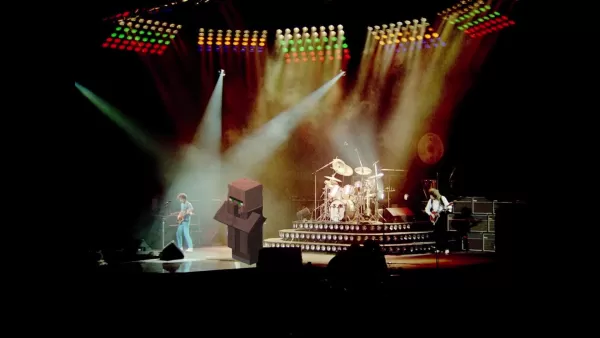
Roger Taylor’s dynamic drumming drove the rhythm, blending power with nuance. John Deacon’s steady basslines anchored the sound, allowing others to shine. The band’s synergy was seamless, their interplay almost instinctive, creating a performance greater than the sum of its parts.
The Setlist: A Perfectly Crafted Arc
Queen’s setlist was a masterstroke, balancing iconic hits with high-energy delivery. Opening with a shortened Bohemian Rhapsody grabbed attention, while Radio Ga Ga sparked mass singalongs with its rhythmic pulse. Closing with We Will Rock You and We Are the Champions left the crowd uplifted, cementing Queen’s status as rock legends.
Reliving Queen’s Live Aid Legacy
Watching the Performance Today
Queen’s Live Aid set is accessible on platforms like:
- YouTube: High-quality uploads of the full performance.
- Streaming Services: Audio on Spotify, Apple Music, and more.
- Queen’s Official Website: Links to licensed content.
- DVD/Blu-ray: The complete Live Aid concert in top quality.
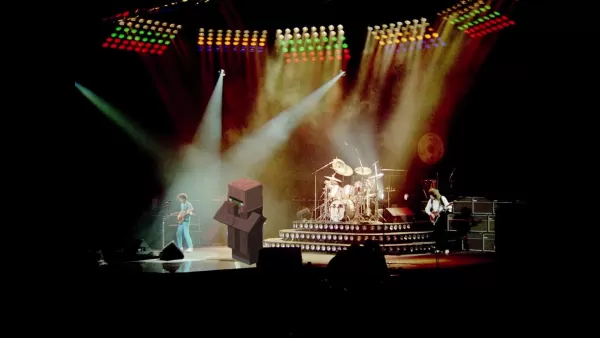
Focus on Mercury’s charisma, the band’s cohesion, and the crowd’s electric response to fully experience the performance’s magic.
Exploring Further: Documentaries and Insights
Deepen your understanding with:
- Queen: Days of Our Lives (Documentary): A detailed look at Queen’s history, including Live Aid.
- YouTube Analyses: Insights from critics and fans on the performance’s impact.
- Books and Articles: In-depth accounts of Queen’s journey and Live Aid’s significance.
Accessing Queen’s Music Today
Streaming Options
Queen’s catalog is available on platforms like Spotify, Apple Music, and Amazon Music, with subscription plans starting at $7.99-$9.99/month.
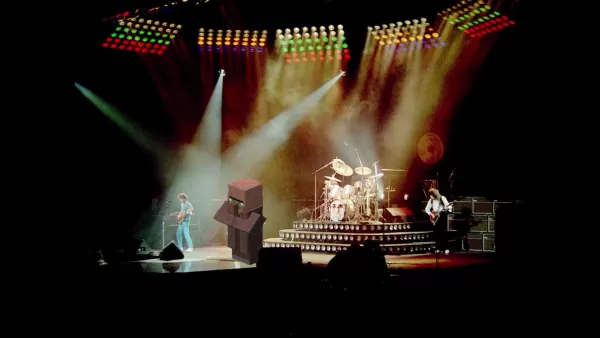
Digital Purchases
Buy tracks ($0.99-$1.29) or albums ($9.99-$12.99) on iTunes or Amazon for offline listening.
Physical Formats
CDs ($8-$15) and vinyl ($20-$50+) offer a tangible experience with liner notes and artwork.
Queen’s Strengths and Challenges
Strengths
Remarkable talent across all members.
Mercury’s captivating stage presence.
Genre-blending creativity.
Anthemic, globally resonant songs.
Challenges
Occasionally excessive theatrics.
Internal creative disputes.
Fluctuating popularity.
Mixed critical reception at times.
Queen’s Signature Sound
Mercury’s Vocal Mastery
Freddie Mercury’s near-four-octave range and versatile phrasing defined Queen’s sound, enabling bold genre experiments.
May’s Distinctive Guitar
Brian May’s Red Special guitar delivered a unique, melodic tone, enhancing Queen’s dynamic sound.
Eclectic Style
Queen’s fusion of rock, pop, opera, and vaudeville created a singular, instantly recognizable sound.

Queen’s Lasting Influence
Inspiring Artists
Queen’s innovation and Mercury’s charisma continue to shape musicians across genres.
Soundtrack to Life
Their songs score everything from sports events to personal milestones, evoking universal emotions.
Global Unity
Queen’s music transcends borders, fostering connection through shared human experiences.
FAQs About Queen’s Live Aid
Why Is Queen’s Live Aid Set Legendary?
Its blend of Mercury’s charisma, musical precision, and a global stage created an unforgettable moment.
How Did Live Aid Impact Queen’s Career?
It reignited their fame, reaffirming their status as rock icons.
What Can Musicians Learn?
Stage presence, precision, setlist strategy, and audience connection are key takeaways.
More About Queen
Freddie Mercury’s Musical Roots
Born Farrokh Bulsara, Mercury’s piano training and diverse influences—from Mozart to Elvis—shaped his eclectic style. Self-taught vocals and early band experience honed his iconic delivery.
Queen’s Career Challenges
Queen faced critical skepticism, internal conflicts, and shifting popularity. Their resilience, especially at Live Aid, and Mercury’s battle with AIDS defined their enduring legacy.
Related article
 Metaforms Secures $9M Funding to Transform Market Research Using AI Agents
Revolutionizing Market Research Through AI-Powered AutomationThe market research industry faces mounting pressure as client demands grow increasingly complex while timelines shrink dramatically. Metaforms, an emerging AI innovator, has secured $9 mil
Metaforms Secures $9M Funding to Transform Market Research Using AI Agents
Revolutionizing Market Research Through AI-Powered AutomationThe market research industry faces mounting pressure as client demands grow increasingly complex while timelines shrink dramatically. Metaforms, an emerging AI innovator, has secured $9 mil
 Unlock AI-Powered Data Visualization with ChartAI's AI Charting Features
Key Features of ChartAIHarnessing artificial intelligence for smarter data visualization, ChartAI represents the cutting edge of technical analysis tools. This innovative platform transforms complex market data into clear, actionable insights for tra
Unlock AI-Powered Data Visualization with ChartAI's AI Charting Features
Key Features of ChartAIHarnessing artificial intelligence for smarter data visualization, ChartAI represents the cutting edge of technical analysis tools. This innovative platform transforms complex market data into clear, actionable insights for tra
 New AI Copyright Payment System Emerges to Compensate Creators Online
New Content Licensing Standard Emerges for AI DevelopmentA groundbreaking licensing framework is emerging to help web publishers define how AI developers can utilize their content. This week, prominent platforms including Reddit, Yahoo, Medium, Quora
Comments (3)
0/200
New AI Copyright Payment System Emerges to Compensate Creators Online
New Content Licensing Standard Emerges for AI DevelopmentA groundbreaking licensing framework is emerging to help web publishers define how AI developers can utilize their content. This week, prominent platforms including Reddit, Yahoo, Medium, Quora
Comments (3)
0/200
![DouglasPerez]() DouglasPerez
DouglasPerez
 October 13, 2025 at 10:30:35 PM EDT
October 13, 2025 at 10:30:35 PM EDT
¡Qué actuación tan legendaria! Siempre me sorprende la energía de Freddie Mercury en el escenario. ¿Creen que algún concierto moderno podría igualar este impacto cultural? La forma en que conectó con el público es algo que rara vez se ve hoy. 🎤✨


 0
0
![DavidRoberts]() DavidRoberts
DavidRoberts
 August 4, 2025 at 9:00:59 AM EDT
August 4, 2025 at 9:00:59 AM EDT
Queen's Live Aid set was pure magic! Freddie’s voice and that crowd energy still give me chills. Iconic doesn’t even cover it! 😍


 0
0
![BenjaminMiller]() BenjaminMiller
BenjaminMiller
 August 2, 2025 at 11:07:14 AM EDT
August 2, 2025 at 11:07:14 AM EDT
What a legendary show! Queen's energy at Live Aid was unreal, totally stole the spotlight. Still gives me chills thinking about Freddie’s voice commanding that massive crowd. Iconic! 🎤


 0
0
In 1985, Wembley Stadium in London hosted Live Aid, a landmark concert aimed at raising funds for Ethiopian famine relief. Among a roster of global music stars, Queen’s performance became a defining moment in rock history, showcasing Freddie Mercury’s magnetic presence and the band’s unparalleled energy. This wasn’t just a show—it was a cultural milestone that reshaped Queen’s legacy and captivated a worldwide audience. Nearly four decades later, we explore why this performance remains a benchmark for live music, from its curated setlist to its electrifying stagecraft.
Key Highlights
Queen’s Live Aid set is hailed as one of the greatest rock performances ever.
It revitalized Queen’s fame after a period of waning popularity.
Freddie Mercury’s commanding vocals and charisma drove the show’s impact.
The setlist was strategically chosen to ignite audience participation.
The performance raised millions for famine relief efforts.
It underscored music’s power to unite a global audience.
The Stage Is Set: Queen’s Live Aid Moment
What Was Live Aid?
Live Aid, held on July 13, 1985, was a dual-venue concert at Wembley Stadium in London and John F. Kennedy Stadium in Philadelphia, broadcast live to 1.9 billion viewers across 150 nations.

Organized by Bob Geldof and Midge Ure to combat the Ethiopian famine, it featured music giants like David Bowie, Madonna, U2, and The Who. Live Aid redefined music’s role in philanthropy, uniting artists for a global cause. For Queen, coming off a period of declining popularity in the early 1980s, the event offered a chance to reclaim their spotlight. Facing immense pressure, they delivered a performance that reshaped their legacy.
Live Aid’s scale gave Queen a unique platform to reach a massive global audience. The event demanded a balance between broad appeal and their distinctive style, a challenge the band met with meticulous planning and execution.
Queen’s Journey to Live Aid
Before Live Aid, Queen had seen both highs and lows. Their 1970s albums, like Queen II and Sheer Heart Attack, established them as rock trailblazers.

Anthems like Bohemian Rhapsody and We Are the Champions became global hits, but by the mid-1980s, critics labeled their work predictable, and commercial success dipped. Internally, creative tensions among Freddie Mercury, Brian May, Roger Taylor, and John Deacon added complexity, though their collaboration fueled innovation. Their live performances remained a strength, with Mercury’s charisma and elaborate stage setups captivating audiences worldwide.
Queen’s Live Aid setlist was designed for maximum impact, featuring crowd-pleasing hits tailored for singalongs:
- Bohemian Rhapsody (shortened): A timeless classic, condensed for impact.
- Radio Ga Ga: A stadium anthem with infectious rhythm.
- Hammer to Fall (shortened): A high-energy rock track.
- Crazy Little Thing Called Love: A rockabilly crowd-pleaser.
- We Will Rock You: An instant call to action.
- We Are the Champions: A triumphant closer.
This selection, paired with their stage mastery, set the stage for a career-defining moment.
Breaking Down Queen’s Live Aid Triumph
Freddie Mercury: A Stage Legend
Freddie Mercury’s Live Aid performance is celebrated as a pinnacle of stage charisma. His magnetic energy captivated the Wembley crowd from the first note, blending theatrical flair with genuine emotion.
His vocals were flawless, navigating complex melodies with power and precision. A standout moment was his spontaneous call-and-response with the audience, showcasing his ability to connect instantly. Mercury didn’t just perform—he invited the crowd to join him, turning Wembley into a unified voice through claps, chants, and raised arms, creating an immersive, shared experience.
The Band’s Chemistry: Precision and Power
While Mercury shone, Queen’s success was a team effort. Brian May’s guitar solos were electrifying, adding depth and intensity.

Roger Taylor’s dynamic drumming drove the rhythm, blending power with nuance. John Deacon’s steady basslines anchored the sound, allowing others to shine. The band’s synergy was seamless, their interplay almost instinctive, creating a performance greater than the sum of its parts.
The Setlist: A Perfectly Crafted Arc
Queen’s setlist was a masterstroke, balancing iconic hits with high-energy delivery. Opening with a shortened Bohemian Rhapsody grabbed attention, while Radio Ga Ga sparked mass singalongs with its rhythmic pulse. Closing with We Will Rock You and We Are the Champions left the crowd uplifted, cementing Queen’s status as rock legends.
Reliving Queen’s Live Aid Legacy
Watching the Performance Today
Queen’s Live Aid set is accessible on platforms like:
- YouTube: High-quality uploads of the full performance.
- Streaming Services: Audio on Spotify, Apple Music, and more.
- Queen’s Official Website: Links to licensed content.
- DVD/Blu-ray: The complete Live Aid concert in top quality.

Focus on Mercury’s charisma, the band’s cohesion, and the crowd’s electric response to fully experience the performance’s magic.
Exploring Further: Documentaries and Insights
Deepen your understanding with:
- Queen: Days of Our Lives (Documentary): A detailed look at Queen’s history, including Live Aid.
- YouTube Analyses: Insights from critics and fans on the performance’s impact.
- Books and Articles: In-depth accounts of Queen’s journey and Live Aid’s significance.
Accessing Queen’s Music Today
Streaming Options
Queen’s catalog is available on platforms like Spotify, Apple Music, and Amazon Music, with subscription plans starting at $7.99-$9.99/month.

Digital Purchases
Buy tracks ($0.99-$1.29) or albums ($9.99-$12.99) on iTunes or Amazon for offline listening.
Physical Formats
CDs ($8-$15) and vinyl ($20-$50+) offer a tangible experience with liner notes and artwork.
Queen’s Strengths and Challenges
Strengths
Remarkable talent across all members.
Mercury’s captivating stage presence.
Genre-blending creativity.
Anthemic, globally resonant songs.
Challenges
Occasionally excessive theatrics.
Internal creative disputes.
Fluctuating popularity.
Mixed critical reception at times.
Queen’s Signature Sound
Mercury’s Vocal Mastery
Freddie Mercury’s near-four-octave range and versatile phrasing defined Queen’s sound, enabling bold genre experiments.
May’s Distinctive Guitar
Brian May’s Red Special guitar delivered a unique, melodic tone, enhancing Queen’s dynamic sound.
Eclectic Style
Queen’s fusion of rock, pop, opera, and vaudeville created a singular, instantly recognizable sound.

Queen’s Lasting Influence
Inspiring Artists
Queen’s innovation and Mercury’s charisma continue to shape musicians across genres.
Soundtrack to Life
Their songs score everything from sports events to personal milestones, evoking universal emotions.
Global Unity
Queen’s music transcends borders, fostering connection through shared human experiences.
FAQs About Queen’s Live Aid
Why Is Queen’s Live Aid Set Legendary?
Its blend of Mercury’s charisma, musical precision, and a global stage created an unforgettable moment.
How Did Live Aid Impact Queen’s Career?
It reignited their fame, reaffirming their status as rock icons.
What Can Musicians Learn?
Stage presence, precision, setlist strategy, and audience connection are key takeaways.
More About Queen
Freddie Mercury’s Musical Roots
Born Farrokh Bulsara, Mercury’s piano training and diverse influences—from Mozart to Elvis—shaped his eclectic style. Self-taught vocals and early band experience honed his iconic delivery.
Queen’s Career Challenges
Queen faced critical skepticism, internal conflicts, and shifting popularity. Their resilience, especially at Live Aid, and Mercury’s battle with AIDS defined their enduring legacy.
 Metaforms Secures $9M Funding to Transform Market Research Using AI Agents
Revolutionizing Market Research Through AI-Powered AutomationThe market research industry faces mounting pressure as client demands grow increasingly complex while timelines shrink dramatically. Metaforms, an emerging AI innovator, has secured $9 mil
Metaforms Secures $9M Funding to Transform Market Research Using AI Agents
Revolutionizing Market Research Through AI-Powered AutomationThe market research industry faces mounting pressure as client demands grow increasingly complex while timelines shrink dramatically. Metaforms, an emerging AI innovator, has secured $9 mil
 Unlock AI-Powered Data Visualization with ChartAI's AI Charting Features
Key Features of ChartAIHarnessing artificial intelligence for smarter data visualization, ChartAI represents the cutting edge of technical analysis tools. This innovative platform transforms complex market data into clear, actionable insights for tra
Unlock AI-Powered Data Visualization with ChartAI's AI Charting Features
Key Features of ChartAIHarnessing artificial intelligence for smarter data visualization, ChartAI represents the cutting edge of technical analysis tools. This innovative platform transforms complex market data into clear, actionable insights for tra
 New AI Copyright Payment System Emerges to Compensate Creators Online
New Content Licensing Standard Emerges for AI DevelopmentA groundbreaking licensing framework is emerging to help web publishers define how AI developers can utilize their content. This week, prominent platforms including Reddit, Yahoo, Medium, Quora
New AI Copyright Payment System Emerges to Compensate Creators Online
New Content Licensing Standard Emerges for AI DevelopmentA groundbreaking licensing framework is emerging to help web publishers define how AI developers can utilize their content. This week, prominent platforms including Reddit, Yahoo, Medium, Quora
 October 13, 2025 at 10:30:35 PM EDT
October 13, 2025 at 10:30:35 PM EDT
¡Qué actuación tan legendaria! Siempre me sorprende la energía de Freddie Mercury en el escenario. ¿Creen que algún concierto moderno podría igualar este impacto cultural? La forma en que conectó con el público es algo que rara vez se ve hoy. 🎤✨


 0
0
 August 4, 2025 at 9:00:59 AM EDT
August 4, 2025 at 9:00:59 AM EDT
Queen's Live Aid set was pure magic! Freddie’s voice and that crowd energy still give me chills. Iconic doesn’t even cover it! 😍


 0
0
 August 2, 2025 at 11:07:14 AM EDT
August 2, 2025 at 11:07:14 AM EDT
What a legendary show! Queen's energy at Live Aid was unreal, totally stole the spotlight. Still gives me chills thinking about Freddie’s voice commanding that massive crowd. Iconic! 🎤


 0
0
